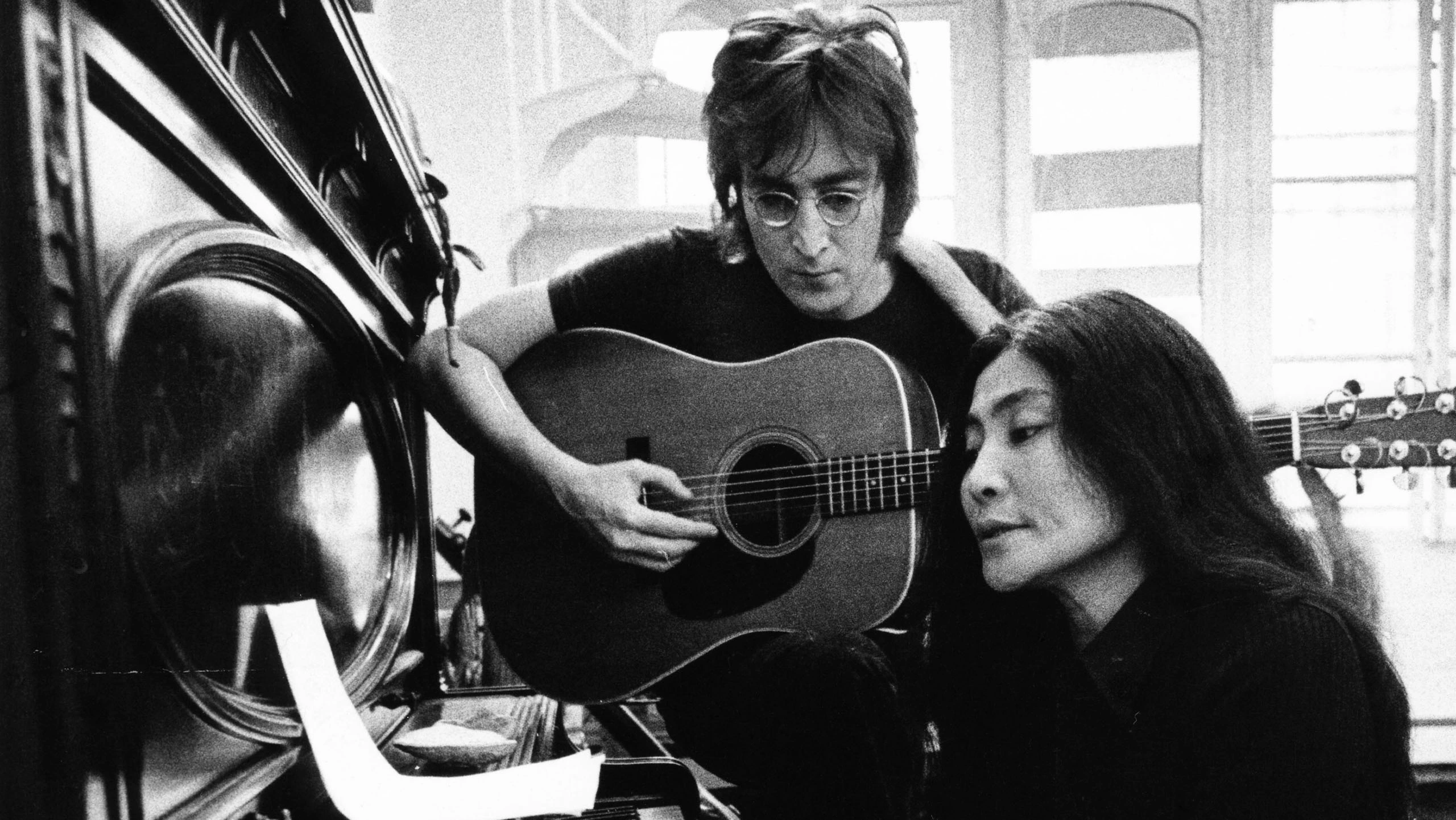
The Contemporary Not-So-Love Story of One to One: John & Yoko
Film Reviews
Sundance Film Review: One to One: John & Yoko
Director: Kevin Macdonald
Mercury Studios, Plan B/KM Films
Premiere: 01.23
It’s the early 1970s and John Lennon has just disbanded from the British rock group The Beatles, disembarking from the Yellow Submarine and hitching a ride in a yellow taxi cab to New York City. With his Japanese artist wife Yoko Ono, he settles into their tiny Greenwich Village apartment to make a new life for themselves. Their activities of writing music, participating in performance art installations and watching LOTS of television become a permanent fixture. However, with every flick of the channel, Lennon and Ono discover a magnitude of civil injustice boiling over into an eminent time in American history. Every march, every lyric and every angry remark for peace leads to one of Lennon’s last performances in the mixed-media documentary One to One: John & Yoko.
Those who weren’t well-informed, like me, were probably expecting some documented biopic of Lennon and Ono’s relationship — intimate, yet possibly a tad under wraps. However, One to One is derived from the name of the infamous charity concert put on to raise awareness about the mistreatment of disabled children at the Willowbrook State School. This is only one of many political campaigns that Macdonald details through archival footage and grainy, unfiltered home movies. Every frame is reel-cutted to make you feel as if you’re reviewing vintage news coverage, watching scene after scene of the couple’s career, pivotal moments and advertisements from the 70s. First, it’s the dismembered casualties from the Vietnam War. Next is a glistening sequence of commercials pedaling Chevrolet station wagons, filmed in Hi-Def color. It’s a flip-flop brain fuck that makes you slightly anxious. Flower power was gone, and feeling leftover was a burnout of national tension.
This film has its high points. One might be impressed by the scale-by-scale replica of the couple’s apartment near Central Park, complete with cigarette butts and scribbled-out lyrics on crumpled lined paper. Others may feel true bliss with Lennon’s final performance — the camera snuggled up to his face, playing his live rendition of “Imagine” to all of us. However, what I really enjoyed was how the film showed both sides of the two artists. You have Lennon, who was pictured as this peace-making martyr clothed in an army green jacket that resembles the young men sent to fight some old man’s war. All of a sudden, you see Lennon as a humble individual, where he’s quiet, goofy and the ying to Ono’s yang. Then you have Ono, an artist whose work I never really had a taste for, especially after the ear-piercing collab she did with both The Beatles and Chuck Berry. Then you see her as a down-to-earth person, struggling with people taking her seriously when it comes to work. It gave me a better appreciation…
Lennon was a man of rumors. It’s rumored that his controversial marriage with Ono resulted in the band’s departure. It’s rumored that domestic violence played a significant role in the two’s relationship. It’s also rumored that Lennon’s armed assassin, Mark David Chapman, was merely a plant by the government against Lennon’s radicalization of the youth culture. When the spotlight shines so bright to only show what the camera sees, you never truly get the full picture. One to One: John & Yoko shows all its minute details while opening the vault to find even more.
The show finally comes to a close. Lennon and Yoko walk off the stage at Madison Square Garden. Their apartment stands eerily still, as the flashing cop cruiser lights flash through the window seal. Lennon died in an era that promised peace to all mankind, but in return, the people received an even bigger divide… kind of like the climate we find ourselves in today. So, One to One: John & Yoko might’ve been all over the place, but so was that generation. —Alton Barnhart
Read more of SLUG’s coverage of the 2025 Sundance Film Festival.